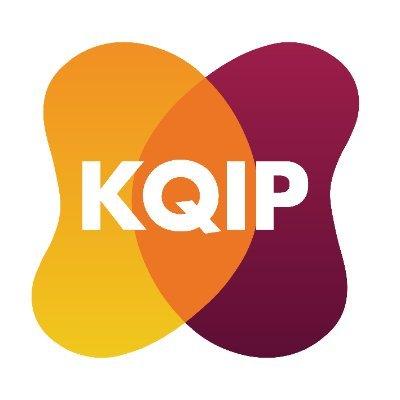Managing Access by Generating Improvements in Cannulation (MAGIC)
Based on the BRS and VASBI needling recommendations, MAGIC aims to promote good cannulation practice and improve patient experience of cannulation.
MAGIC has made us talk about fistulas more than we ever have
Dialysis unit manager
Why MAGIC?
Vascular access provision for haemodialysis continues to be a challenging aspect of this treatment.
Whilst all forms of vascular access have associated complications, for most individuals an arteriovenous (AV) fistula or graft is considered the best option, with evidence of superior outcomes.
One challenge with AV access use is cannulation or 'needling' of the AV access, once in place and mature. Cannulation can be an anxiety-provoking procedure for the patient. If done well, cannulation can preserve AV access function. If performed poorly it is associated with AV access failure and an increased rate of complications. Complications can include:
-
Pain
-
Haematoma from poor needle placement
-
Aneurysm and stenosis development
-
Degradation of the tissue integrity above the AVF
The 2017 Kidney PREM identified needling/cannulation of AV access as one of three top issues for kidney patients, with a call to improve cannulation experience. Case studies presented at conferences and research findings highlight that future patient choice of AV access can be influenced by experiences of cannulation.
The project was governed by a steering group that consists of representatives from the British Renal Society Vascular Access (BRS VA), Vascular Access Society for Britain and Ireland (VASBI), Kidney Quality Improvement Partnership (KQuIP) and patient representation. This steering group has been stepped down however members continue to be available to answer questions about the MAGIC project.
Are you are interested in getting involved?
Contact us at kquip@renalregistry.nhs.uk
The materials used for MAGIC were developed using unrestricted grants from:



